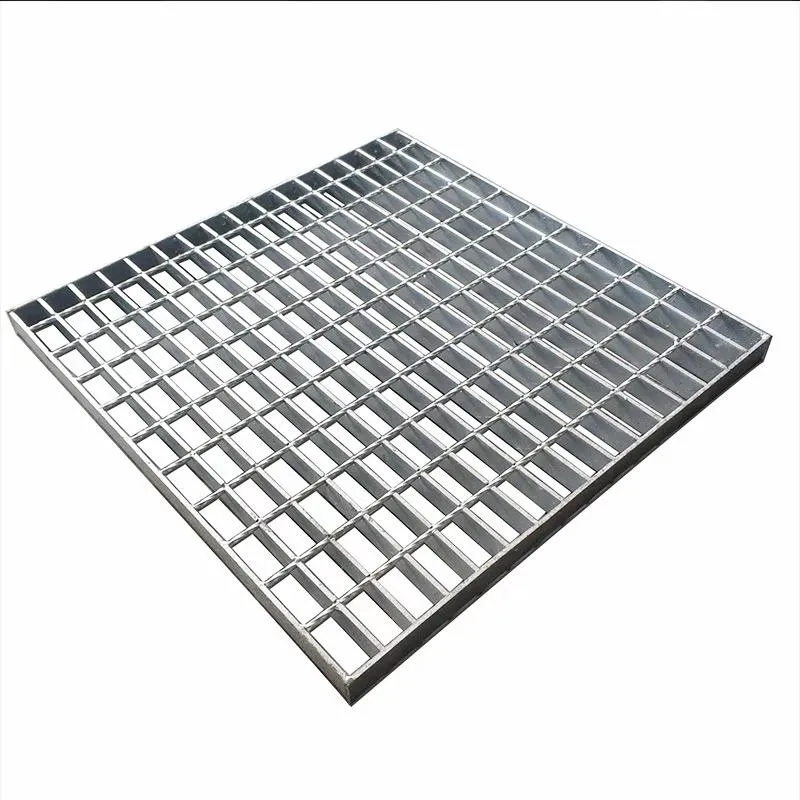Sound Barriers Along Highways An Essential Element for Noise Mitigation
As urban areas continue to expand, highways play a vital role in facilitating the movement of goods and people. While these essential infrastructures contribute to economic growth and connectivity, they also generate significant noise pollution, which can affect the health and well-being of nearby residents. To address this issue, many cities and municipalities have turned to sound barriers as a viable solution for mitigating highway noise.
The Necessity of Sound Barriers
Noise pollution is often an overlooked environmental issue, yet its impacts are profound. Studies have shown that prolonged exposure to high levels of noise can lead to various health problems, including stress, sleep disturbances, and cardiovascular issues. In urban settings, the cacophony generated by traffic can become a constant intrusion, disrupting the peacefulness of homes and communities. Consequently, it becomes imperative to implement effective strategies to manage and minimize this unwanted sound.
Sound barriers, also known as noise barriers or acoustical fences, serve as a crucial tool in reducing the noise emanating from highways. These structures are designed to block and absorb sound waves, thereby preventing them from reaching residential areas. Typically made from materials like concrete, wood, or a combination of sound-absorbing materials, sound barriers are strategically placed along highways to create a buffer zone between traffic and nearby neighborhoods.
Types of Sound Barriers
There are several designs and materials commonly used for sound barriers, each with its own advantages. Concrete walls are among the most effective in blocking sound due to their mass and density. They can reduce noise by approximately 10 to 15 decibels, which can make a significant difference in perceived noise levels.
Wooden sound barriers, while not as effective as concrete, can be aesthetically pleasing and blend well into natural environments. They are also easier to install and can be treated to withstand weather conditions. Additionally, there are innovative materials emerging on the market, such as recycled rubber and green walls, which incorporate vegetation to absorb sound while also enhancing the landscape.
sound barriers along highways

Environmental Considerations
While sound barriers effectively mitigate noise pollution, their installation also raises environmental considerations. The impact on local wildlife and ecosystems must be assessed. For example, solid barriers can impede the movement of animals and disrupt habitats. To counter these effects, some designs incorporate gaps or wildlife crossings, allowing for safe passage for fauna.
Moreover, the aesthetic aspect of sound barriers cannot be overlooked. In many cases, communities prefer visually appealing designs that complement their surroundings. Features like green walls, which incorporate plants and vegetation, not only provide noise reduction but also enhance biodiversity and improve air quality.
Regulatory and Financial Aspects
The implementation of sound barriers is often guided by local regulations and noise abatement policies. Governments and transportation agencies typically conduct noise studies to determine the necessity and effectiveness of sound barriers in specific areas. Funding for these projects may come from various sources, including federal grants, state budgets, and local taxes.
Despite the initial costs associated with planning and constructing sound barriers, the long-term benefits often outweigh the investment. Reduced noise pollution can lead to enhanced property values and improved quality of life for residents, making neighborhoods more attractive places to live.
Conclusion
As urban centers continue to grow and thrive, the need for effective solutions to combat noise pollution becomes increasingly essential. Sound barriers along highways represent a practical and effective means of mitigating the disruptive effects of traffic noise. Through careful design, thoughtful material selection, and consideration of environmental impacts, these structures can enhance the quality of life for millions of residents living near busy roadways. As communities and policymakers prioritize sustainability and well-being, sound barriers will undoubtedly play a crucial role in shaping quieter, more harmonious urban environments.
-
Versatility of Expanded Aluminum Metal for Various Applications
NewsMay.19,2025
-
The Geometry of Steel Gratings: Why It Matters
NewsMay.19,2025
-
Reinforcement Applications of Perforated Mesh in Masonry
NewsMay.19,2025
-
Essential Tools for Installing a Deck Mesh Railing
NewsMay.19,2025
-
Anti-Slip Flooring Made with Stainless Expanded Mesh
NewsMay.19,2025
-
Adjustable Steel Grating for Uneven Terrain
NewsMay.19,2025
Subscribe now!
Stay up to date with the latest on Fry Steeland industry news.

